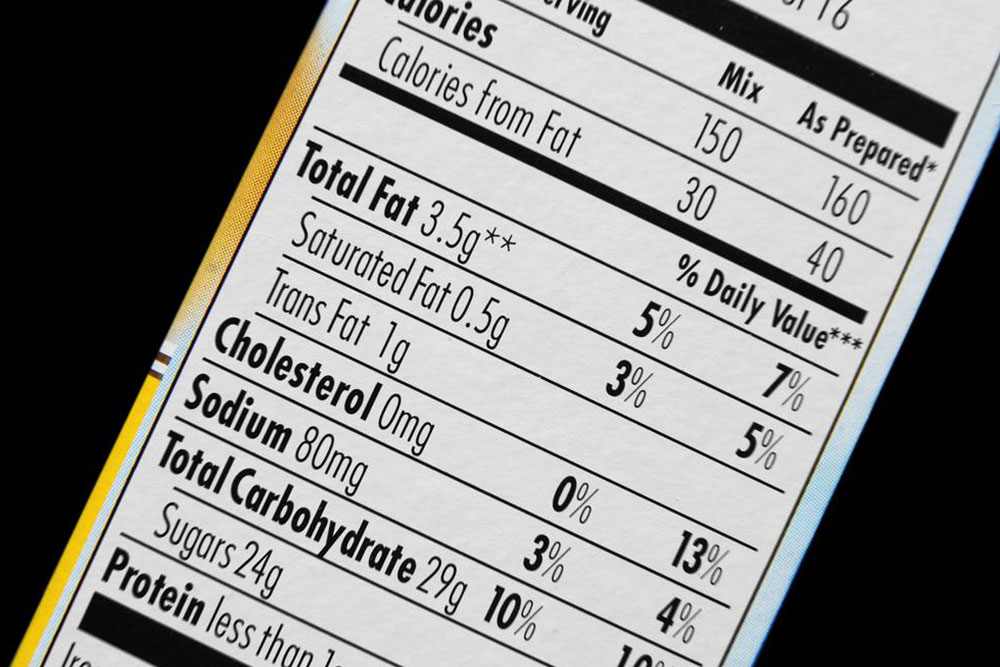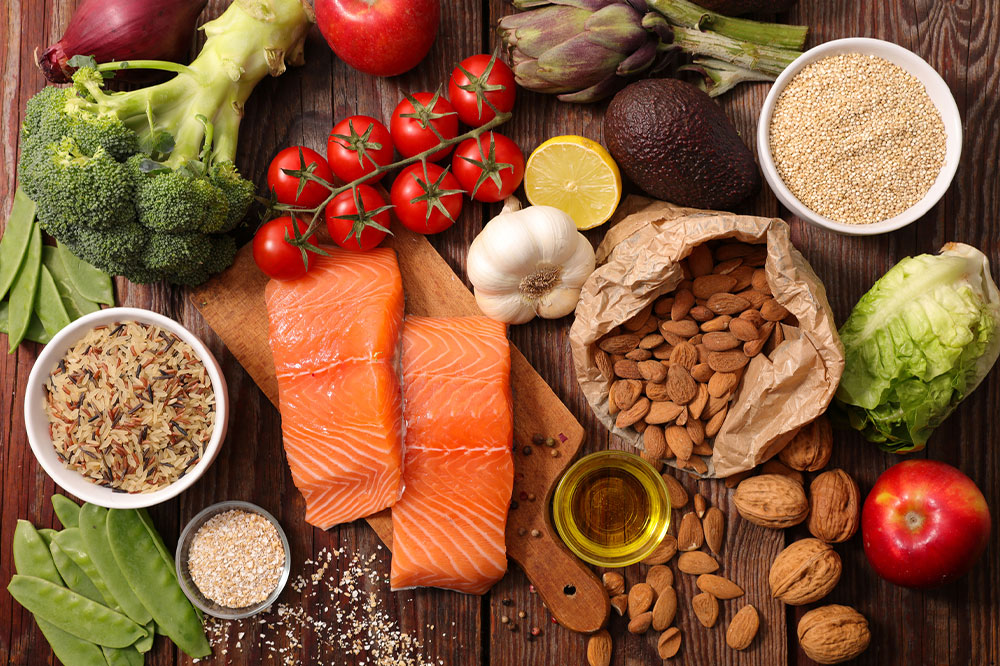Comprehensive Guide to Designing an Effective Alkaline Diet and Food Chart for Better Health
This comprehensive guide explores the importance of maintaining pH balance through an alkaline diet. It details how food choices affect body alkalinity, provides tips for creating an effective food chart, and offers meal ideas to support overall health. By emphasizing nutrient-rich, alkalinity-promoting foods like fruits, vegetables, and whole grains, readers can optimize their body's pH, improve digestion, and boost vitality. The article encourages adopting sustainable dietary habits that contribute to long-term wellness and disease prevention, making it an essential resource for those seeking a healthier lifestyle.

Understanding the Alkaline Diet and How to Create an Alkaline Food Chart
Maintaining the optimal pH balance within our bodies is fundamental for sustaining good health and overall well-being. The pH scale, which measures acidity or alkalinity, is critical not only in our environment but also within our bodies' internal systems. All living organisms depend on a stable pH to function correctly, and subtle deviations can lead to health issues. For humans, the blood’s pH should remain tightly regulated around 7.4, a slightly alkaline level essential for metabolic processes, enzyme activity, and overall cellular health. Achieving and maintaining this delicate balance requires a comprehensive understanding of how diet influences internal pH levels.
Our dietary habits significantly affect our body's acid-base equilibrium. Consuming foods that promote alkalinity can help counteract the effects of modern diets that often favor acid-forming foods such as processed grains, sugars, and certain animal proteins. An alkaline diet emphasizes fresh fruits, vegetables, nuts, seeds, and fermented foods, which support a healthy pH balance, enhance digestion, and improve vitality.
With the increasing prevalence of processed foods rich in refined sugars, additives, and preservatives, our bodies tend to shift toward acidity, leading to various health concerns. Such acidity can cause issues ranging from digestive discomfort and skin problems to dental erosion and osteoporosis in the long term. Therefore, maintaining an alkaline state is vital for overall health, immune function, and disease prevention.
To preserve a balanced pH, it’s essential to include more alkaline-promoting foods in your daily diet. These include a diverse array of fresh produce, fermented foods, and select natural products that help neutralize excess acids. Regularly consuming these foods supports proper digestion, boosts energy, and promotes a healthy skin glow. Conversely, limiting acidic foods reduces the risk of chronic illnesses and aids in detoxification.
For sustained health, maintaining blood pH close to 7.4 is crucial. Even slight shifts toward acidity can prompt your body to draw minerals from your bones and organs to buffer the acids, which over time may cause mineral depletion and weaken your structural health. An effective strategy to prevent this is following a well-structured alkaline food chart, which emphasizes nutrient-dense, natural, and alkalinity-enhancing foods while minimizing acidic items.
Creating a personalized alkaline diet plan involves understanding which foods promote alkalinity and which tend to be acid-forming. Studies show that diets rich in processed foods, sugars, and certain meats are generally acid-forming, whereas fruits, vegetables, and some dairy products tend to promote alkalinity. Incorporating more raw, unprocessed foods, staying adequately hydrated — especially with lemon-infused water — and limiting intake of processed foods can greatly improve your body's pH regulation.
When designing your alkaline diet, consider these practical guidelines:
Prioritize the consumption of fresh fruits and vegetables daily
Select whole grains high in fiber and essential nutrients
Limit refined and processed foods that contribute to acidity
Avoid sugary sodas, artificial sweeteners, and artificially flavored drinks
Include fiber-rich foods like cabbage, berries, cauliflower, and leafy greens
Examples of highly alkaline foods include broccoli, honey, asparagus, watermelon, spinach, bananas, celery, carrots, potatoes, beans, almonds, tofu, and soy sprouts. Moderately alkaline foods encompass apricots, brown rice, mangoes, fish, coconut milk, pineapples, raspberries, and walnuts. Strictly acidic foods include vinegar, canned processed foods, organ meats, oysters, hard cheeses, spirits, cashews, corn oil, and mayonnaise. To create a balanced alkalinity, aim to maximize your intake of alkaline and moderately alkaline foods while minimizing acidic options.
Some individuals choose to consume alkaline water, which can assist in maintaining proper hydration and pH balance, although it should be integrated thoughtfully after assessing personal health conditions. Here’s a suggested sample meal plan aligned with an alkaline-focused diet:
Breakfast: Start your day with eggs, low-fat yogurt, and a half grapefruit—nutrient-rich and alkalizing options that fuel your morning.
Lunch: Enjoy a plate of fresh spinach paired with roasted chicken. This combination offers alkalizing vegetables alongside moderate solubility acidic proteins, balancing your meal.
Dinner: For dinner, include steamed broccoli, green beans, and brown rice to favor alkaline vegetables and whole grains, ensuring adequate nutrients and supporting your health maintenance goals.
Adopting an alkaline diet is a proactive approach to improving your long-term health. Consistently consuming a variety of fruits and vegetables enhances detoxification, energizes your body, and fosters a vibrant, healthier life. Remember, small dietary changes can have profound impacts on your well-being, especially when focused on maintaining pH balance.





